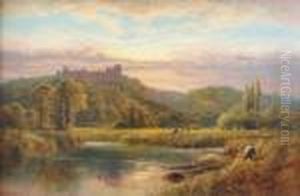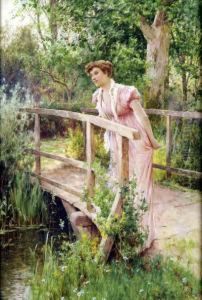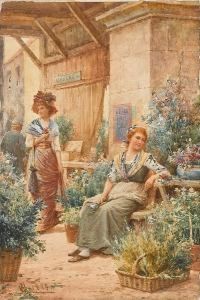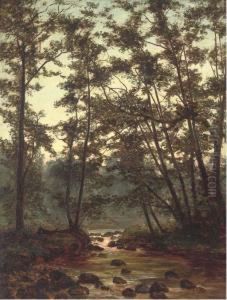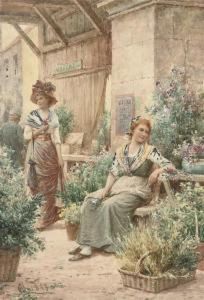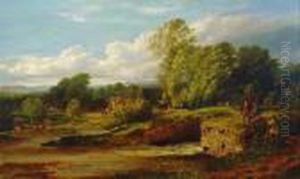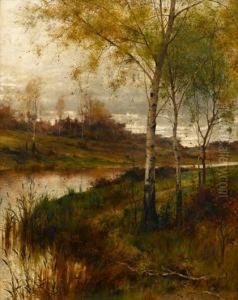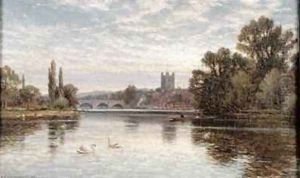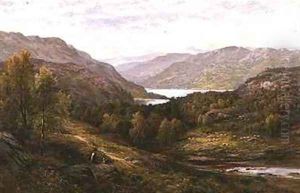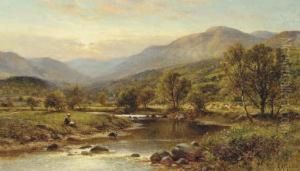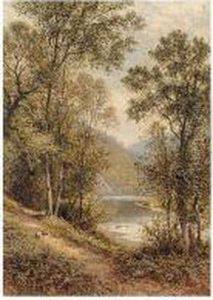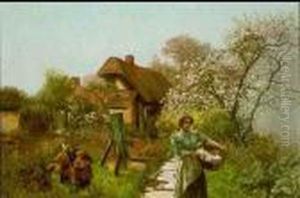Alfred I Glendening Paintings
Alfred Glendening (also known as Alfred Glendening Jr.) was a British landscape painter born in 1861. His father, Alfred Glendening Sr., was also a notable artist, which means that artistry ran in the family. Glendening Jr. was known for his picturesque landscapes and rural scenes, which were highly popular during the Victorian era. He often depicted the British countryside with a romanticized charm, imbuing his scenes with a sense of tranquility and natural beauty.
Glendening received his artistic training at the Royal Academy Schools, where he honed his skills in capturing the delicate interplay of light and color, which became a hallmark of his work. His paintings often reflected the influence of the Pre-Raphaelite Brotherhood, a group of English painters, poets, and critics founded in 1848 who intended to reform art by rejecting what they considered to be the mechanistic approach of the Mannerist artists who succeeded Raphael and Michelangelo.
Throughout his career, Glendening exhibited at various prestigious venues, including the Royal Academy in London, the Royal Society of British Artists, and elsewhere. His work was well-received, and he gained a reputation for his pastoral landscapes that evoked a sense of nostalgia and peace among viewers.
Tragically, Alfred Glendening's life was cut short, and he passed away in 1907. Despite his early death, his artworks remain a testament to his skill and are sought after by collectors. Glendening's paintings continue to be admired for their beauty and craftsmanship, capturing a bygone era with a timeless appeal that continues to resonate with audiences today.


